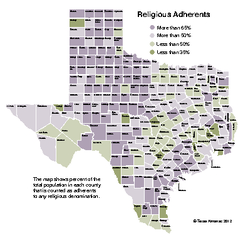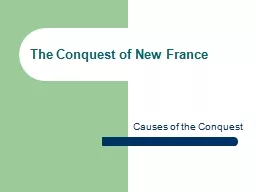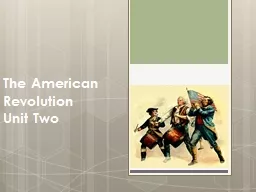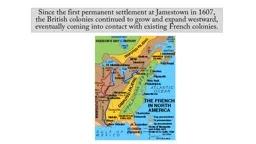PPT-1 New France was more than double the size of British Colonies, yet much less populated
Author : celsa-spraggs | Published Date : 2018-03-09
British more interested in bringing settlers in from the mother country French more interested in making Native Americans French citizens They tended to treat Indians
Presentation Embed Code
Download Presentation
Download Presentation The PPT/PDF document "1 New France was more than double the s..." is the property of its rightful owner. Permission is granted to download and print the materials on this website for personal, non-commercial use only, and to display it on your personal computer provided you do not modify the materials and that you retain all copyright notices contained in the materials. By downloading content from our website, you accept the terms of this agreement.
1 New France was more than double the size of British Colonies, yet much less populated: Transcript
Download Rules Of Document
"1 New France was more than double the size of British Colonies, yet much less populated"The content belongs to its owner. You may download and print it for personal use, without modification, and keep all copyright notices. By downloading, you agree to these terms.
Related Documents














